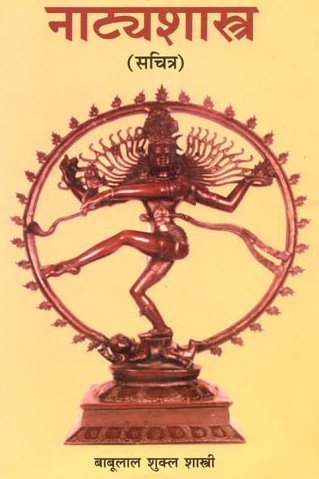Calyx, Calix: 1 definition
Introduction:
Calyx means something in Hinduism, Sanskrit. If you want to know the exact meaning, history, etymology or English translation of this term then check out the descriptions on this page. Add your comment or reference to a book if you want to contribute to this summary article.
In Hinduism
Natyashastra (theatrics and dramaturgy)
Source: Shodhganga: Elements of Art and Architecture in the Trtiyakhanda of the Visnudharmottarapurana (natya)The Calyx (of a lotus) is denoted by the Sanskrit term Padmakośa, whereas Padmakośahasta refers to one of the twenty-two Single-hand Gestures (in Indian Dramas) (known as asaṃyuktahastas), according to the Viṣṇudharmottarapurāṇa, an ancient Sanskrit text which (being encyclopedic in nature) deals with a variety of cultural topics such as arts, architecture, music, grammar and astronomy.—The word padmakośa means the calyx of a lotus. According to the Viṣṇudharmottarapurāṇa, the top of all fingers are brought together in padmakośahasta and it looks like the nails of a swan. In this regard the Viṣṇudharmottarapurāṇa seems to take a suggested meaning of the word padmakośa and not its etymological meaning which denotes the internal portion of a lotus but not the nails of a swan.

Natyashastra (नाट्यशास्त्र, nāṭyaśāstra) refers to both the ancient Indian tradition (shastra) of performing arts, (natya—theatrics, drama, dance, music), as well as the name of a Sanskrit work dealing with these subjects. It also teaches the rules for composing Dramatic plays (nataka), construction and performance of Theater, and Poetic works (kavya).
See also (Relevant definitions)
Ends with: Chonemorpha megacalyx, Eriodictyon trichocalyx, Markhamia platycalyx, Ormosia macrocalyx, Pittosporum brevicalyx, Saprosma longicalyx, Scutellaria orthocalyx, Syzygium neurocalyx, Vernonia brachycalyx.
Full-text (+96): Pushpaputa, Shunga, Kacolem, Kancuki, Padmagarbha, Padmakosha, Shungin, Bunagi, Biboti, Turamanem, Gondana, Upapushpapatre, Red-calyx glory bower, Bahya-dala, Balangi, Pandupattrodara, Phagota, Pushpa, Euphorbia gossypina, Puravital.
Relevant text
Search found 18 books and stories containing Calyx, Calix; (plurals include: Calyxes, Calixes). You can also click to the full overview containing English textual excerpts. Below are direct links for the most relevant articles:
Trishashti Shalaka Purusha Caritra (by Helen M. Johnson)
Part 2: Incarnation as Pārśvanātha < [Chapter III - Birth, youth, initiation, and omniscience of Śrī Pārśva]
Part 11: The name-giving festival < [Chapter II - Birth of Ajita and Sagara]
Part 5: Birth of Abhinandana < [Chapter II - Abhinandanacaritra]
The Soft Rubber of Your False Smiles < [July – September, 1988]
The soft rubber of your false Smiles < [January – March, 1990]
Influence of Science on Modern Telugu Poetry < [July – September 1974]
Manasara (English translation) (by Prasanna Kumar Acharya)
Chapter 16 - The description of the entablatures and roofs (prastara)
Chapter 45 - The thrones (siṃhāsana-lakṣaṇa)
Buddha-nature (as Depicted in the Lankavatara-sutra) (by Nguyen Dac Sy)
The Concept of Buddha-nature < [Introduction]
Visuddhimagga (the pah of purification) (by Ñāṇamoli Bhikkhu)
Making an Earth Kasiṇa < [Chapter IV - The Earth Kasiṇa (Pathavī-kasiṇa-niddesa)]
Indian Medicinal Plants (by Kanhoba Ranchoddas Kirtikar)
71. Cheiranthus Chieri, Linn. < [Brassicaceae or Cruciferae (mustards family)]
62. Argemone mexicana, Linn. < [Papaveraceae (poppy family)]